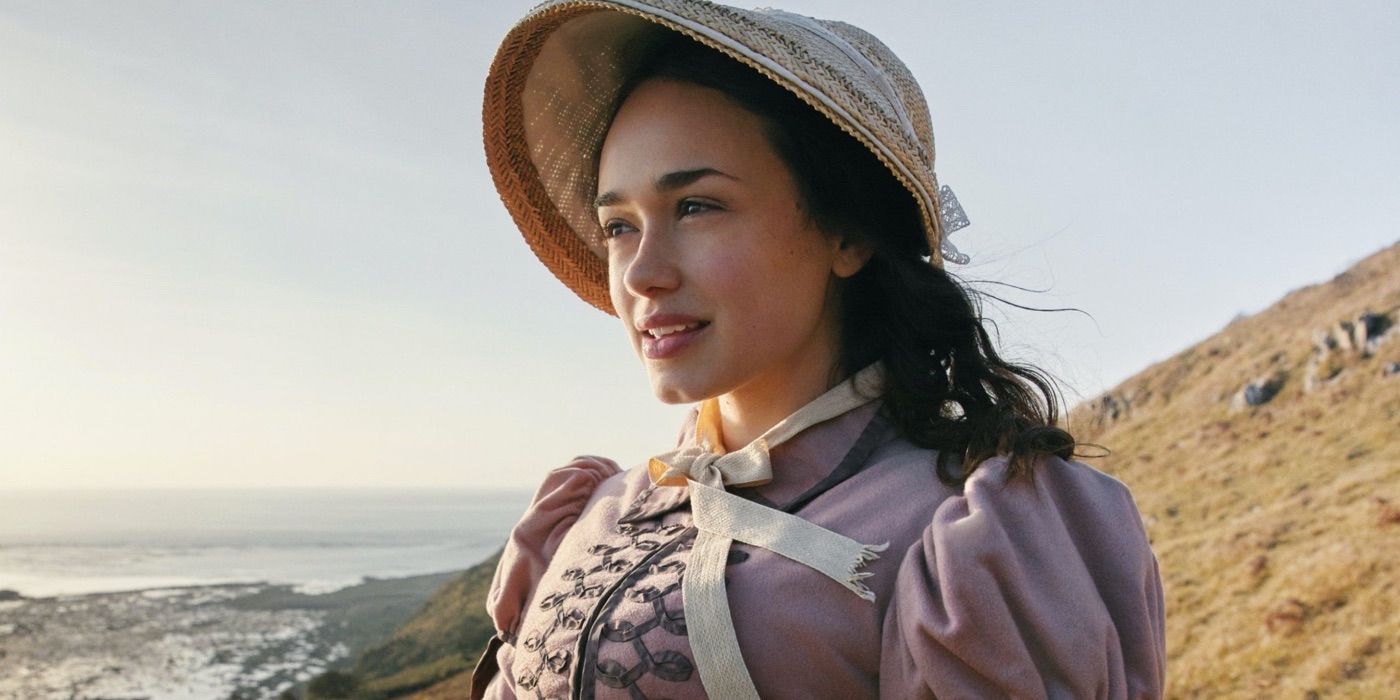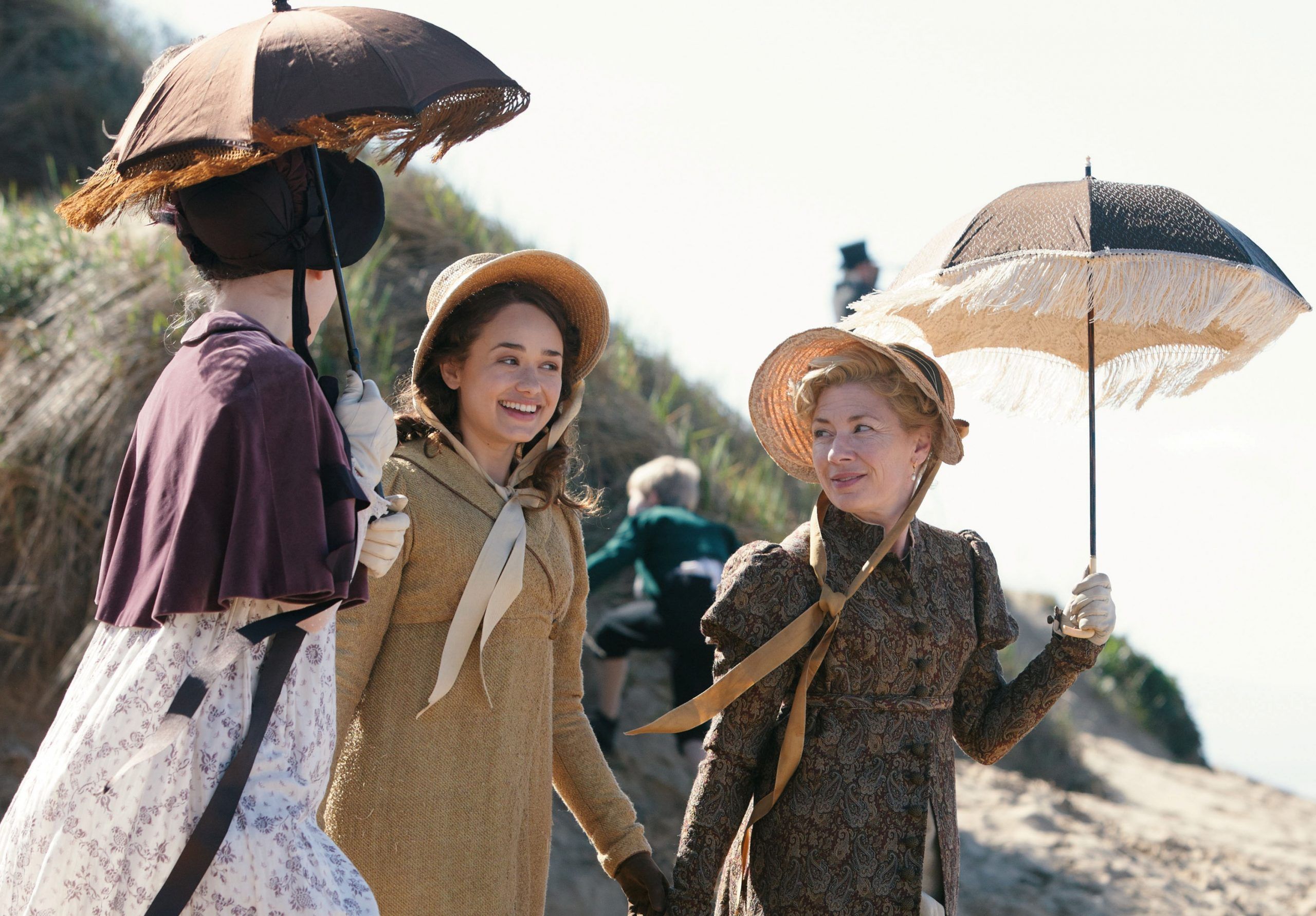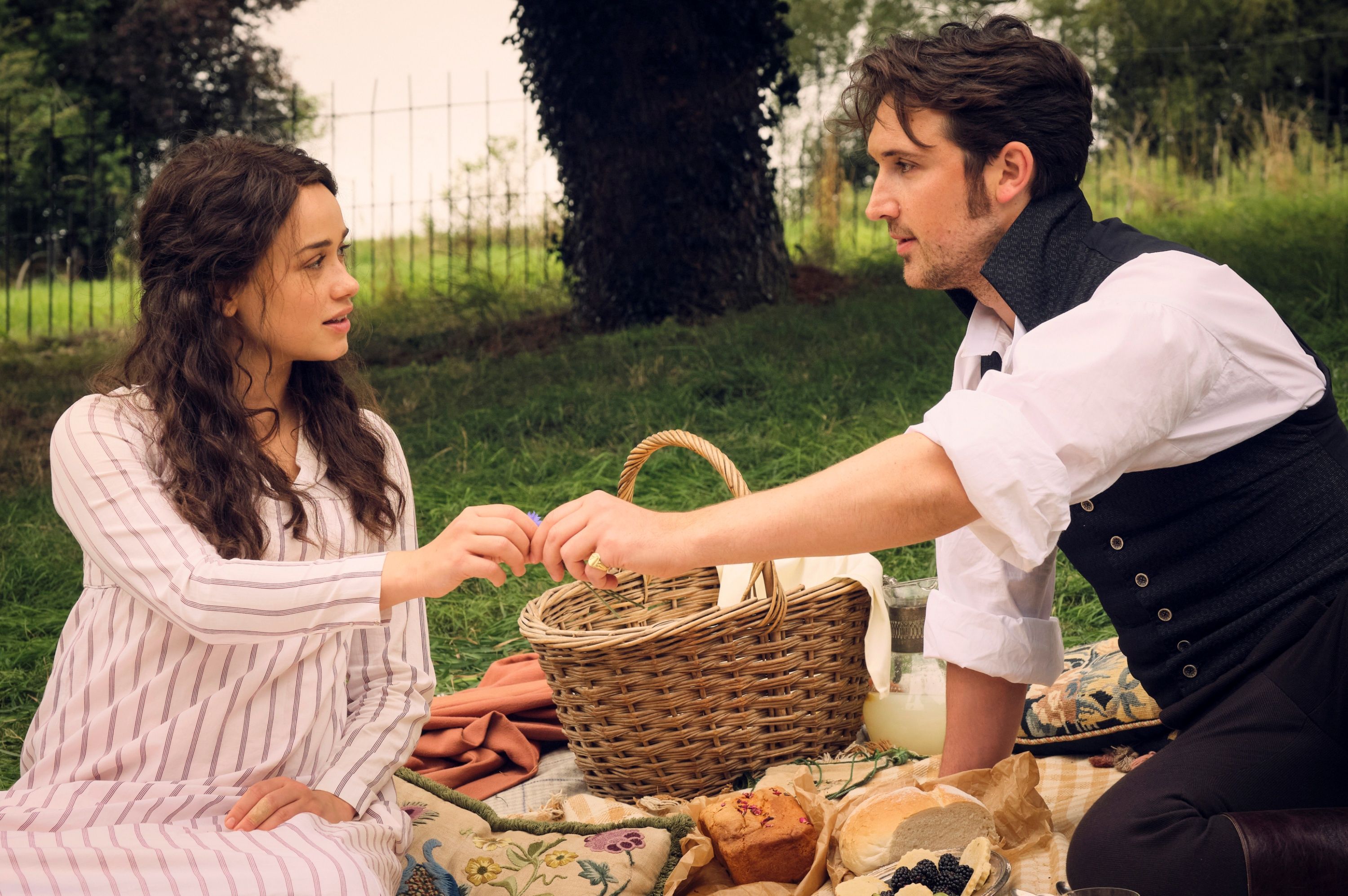Jane Austen, one of the most beloved authors of all time, completed six novels during her lifetime. Her works offered social commentary through the romance genre, as her young heroines navigated the marriage market in all the financial implications the time period held for women in particular. Her sharp wit and sense of humor were tempered by a talent for writing some of the most iconic and quotable professions of love to date which have helped shape the romance genre today. During her lifetime, Austen wrote and published Sense and Sensibility, Pride & Prejudice, Mansfield Park, and Emma. Her final two novels, Northanger Abbey and Persuasion, were published after her death in 1817. She left behind one unfinished novel, titled Sanditon.
Despite never reaching completion, Sanditon held enough promise to warrant publishing what Austen was able to finish before succumbing to illness. Heroine Charlotte Heywood, like Elizabeth Bennett, is the eldest daughter of a family who resides in the countryside. When a Mr. and Mrs. Parker crashes their carriage near the Heywoods' home, they wind up staying with the family until repairs can be made. After much talk from Mr. Parker on the virtues of a town called Sanditon, Charlotte leaves home with the couple and accompanies them as a guest to the town. Of course, while in Sanditon, Charlotte encounters all kinds of drama Austen wrote to reflect the social behavior of those belonging to the upper-class British society in the early 19th century.
In 2019, an adaptation of the unfinished novel premiered on ITV, starring Rose Williams as Charlotte Heywood and Theo James as Sidney Parker, a romantic interest for Charlotte in the novel. The series found an audience amidst a resurgence of interest in the Regency era, most recently also seen on Bridgerton and its two hugely popular seasons. The show mainly used Austen’s written work as a jumping-off point before writer Andrew Davies took the story in his own direction, using his own interpretation of Austen’s story and characters. The success of the first season earned the series a renewal order, and it was announced that a second season would premiere on PBS on March 20 this year.
Comparing the Sanditon book and series is somewhat difficult to do. After all, it isn’t as though writer Davies could just adapt the series from a completed novel, as he did with previous television adaptations he wrote for Pride & Prejudice and Emma. The characters in the show are lifted right off of Austen’s pages, as much of what she had already written was to establish the key players in the story before the plot really got going. The only character who doesn’t show up is Susan Parker, a member of a rather eccentric family Charlotte meets in Sanditon.
The television series also leaves out one minor plot that occurs in what Austen already wrote. Early on in the unfinished novel, there’s a great deal of intrigue over the Parkers and their connection with a girls’ school that is rumored to come to Sanditon during their holiday. There’s also much talk of a family arriving from the West Indies, with whom Mrs. Parker hopes to secure an advantageous relationship. This storyline may have worked well enough in Austen’s writing, but the series doesn’t attempt to bring it to the screen, as it ultimately wouldn’t have done much in the way of making for something entertaining or thematically interesting to watch. Another major difference is the inclusion of James Stringer, who is an invention of Davies in order to give Charlotte another potential love interest (Austen did always love to give her heroines multiple potential suitors that represented different sorts of men of the time). Though there is a minor character alluded to in the unfinished novel by the name of Stringer, this character is very different on the show.
The series follows in the footsteps of many modern period drama romances by sexing things up a bit. Nowhere in any Jane Austen novel will you find anything resembling a sex scene, but the series is more willing to explore the sexual lives of its characters, something that has riled up some of the more traditional Austen fans but fits with what modern audiences have come to expect from the genre. The series also took the budding attraction between Charlotte and Sidney further and gave them a dynamic similar to Pride and Prejudice’s Elizabeth and Darcy, or Bridgerton’s Anthony (Jonathan Bailey) and Kate (Simone Ashley). The direction Season 1 went in was likely quite different from what Austen had envisioned, as it ended in heartbreak for the central couple. Not only did Season 1 end with the revelation that Sidney would be marrying someone else, but it was announced that James would not reprise his role for Season 2.
The parallels between Sanditon and Bridgerton are rather interesting. Both take place in Regency-era England and heavily rely on the romantic aspects of the storytelling, and both series lost their male lead after the first season. Bridgerton fans will be able to sympathize with Sanditon fans who were upset by the revelation that their leading man wouldn’t be coming back for Season 2, as Regé-Jean Page also declared his decision to leave Bridgerton after Season 1. Season 2 does what it can with the loss of Sidney, instead trying to focus on Charlotte’s personal growth. It also gives more time to side characters, their romances, and their lives. The response has been mixed, with some viewers feeling that the series is suffering from not feeling very Austen-like, as well as from the departure of its initial romantic lead. Others feel that Charlotte still manages to ground the series and make it enjoyable.
Sanditon has already been renewed for a third season, and time will tell if the departure of James and the original choices made by the writers will work for the show and its audiences beyond the third season. It’s exciting to watch an adaptation and have no roadmap for where things will go next, and the writers have the freedom to go as far as they’d like with Austen's characters now that this version of the story is theirs.



